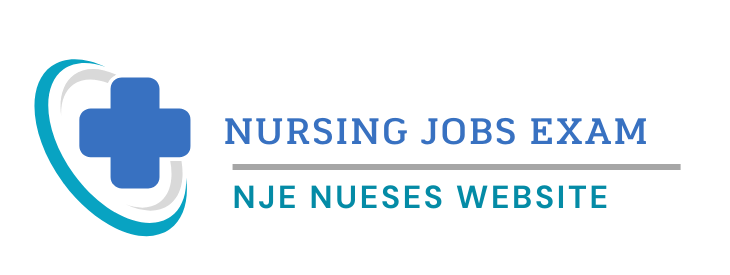Critical Care
PULSE: How to Examine, Variations, Pulse Point and Deficit, Volume bj NJE
Pulse is the expansion and elongation of the arterial wall imparted by the column of blood and is passively produced by the pressure changes during ventricular systole and diastole. Commonly we examine the pulse...
Disease Conditions
Measles: Pathogenesis, Clinical Features, Diagnosis, Treatment, Prevention by NJE
Measles: An acute highly infectious disease of children, characterized by cough, coryza, fever, and rash. Humans are the only natural host.The virus• A member of the family Paramyxoviridae, genus Morbillivirus; ssRNA, enveloped virus; covered...
Nurses Note Quick List
Arterial Cannulation: Indication, Equipment, Procedure, Complications by NJE
Arterial cannulation is an advanced procedure performed on patients who require regular measurements of blood gases or who require continuous monitoring of blood pressure. It is normally performed on patients in a critical care...
Nurses Note Quick List
Triglyceride: Test Overview, Indication, Normal and Abnormal Value, Nursing Considerations
To evaluate triglyceride (TG) levels to assess cardiovascular disease risk and evaluate the effectiveness of therapeutic interventions.There are no activity or medication restrictions unless by medical direction. Instruct the patient to fast for 12...
Critical Care
Temporary Cardiac Pacing: Indication, Type of Pacing, Procedure, Complication by NJE
Temporary Cardiac pacing is a method where a small electrical current is delivered to the heart to initiate myocardial contractions artificially when the intrinsic stimulation of myocardium is insufficient to maintain hemodynamic stability due...
Critical Care
Lumbar puncture: Indication, Procedure, Complication by NJE
Lumbar puncture in the ward-based setting is usually performed in order to obtain CSF for the investigation of neuroaxial conditions. Lumbar puncture is also commonly undertaken in order to provide spinal anaesthesia for operative...
Medicine Note
Vasopressin: Uses, Action, Administration, Side Effects, Nursing Considerations by NJE
Vasopressin lowers the amount of urine and bleeding by constricting (narrowing) the blood vessels which, in turn, prevents the loss of water from the body.Uses of VasopressinPrevention/control of polydipsia, polyuria, and dehydration in...
Nurses Note Quick List
Pulmonary Embolism: Causes Symptoms Diagnosis Treatment Nursing Consideration by NJE
Pulmonary embolism refers to the obstruction of one or more pulmonary arteries by a thrombus (or thrombi) usually originating in the deep veins of the legs, the right side of the heart, or, rarely,...

